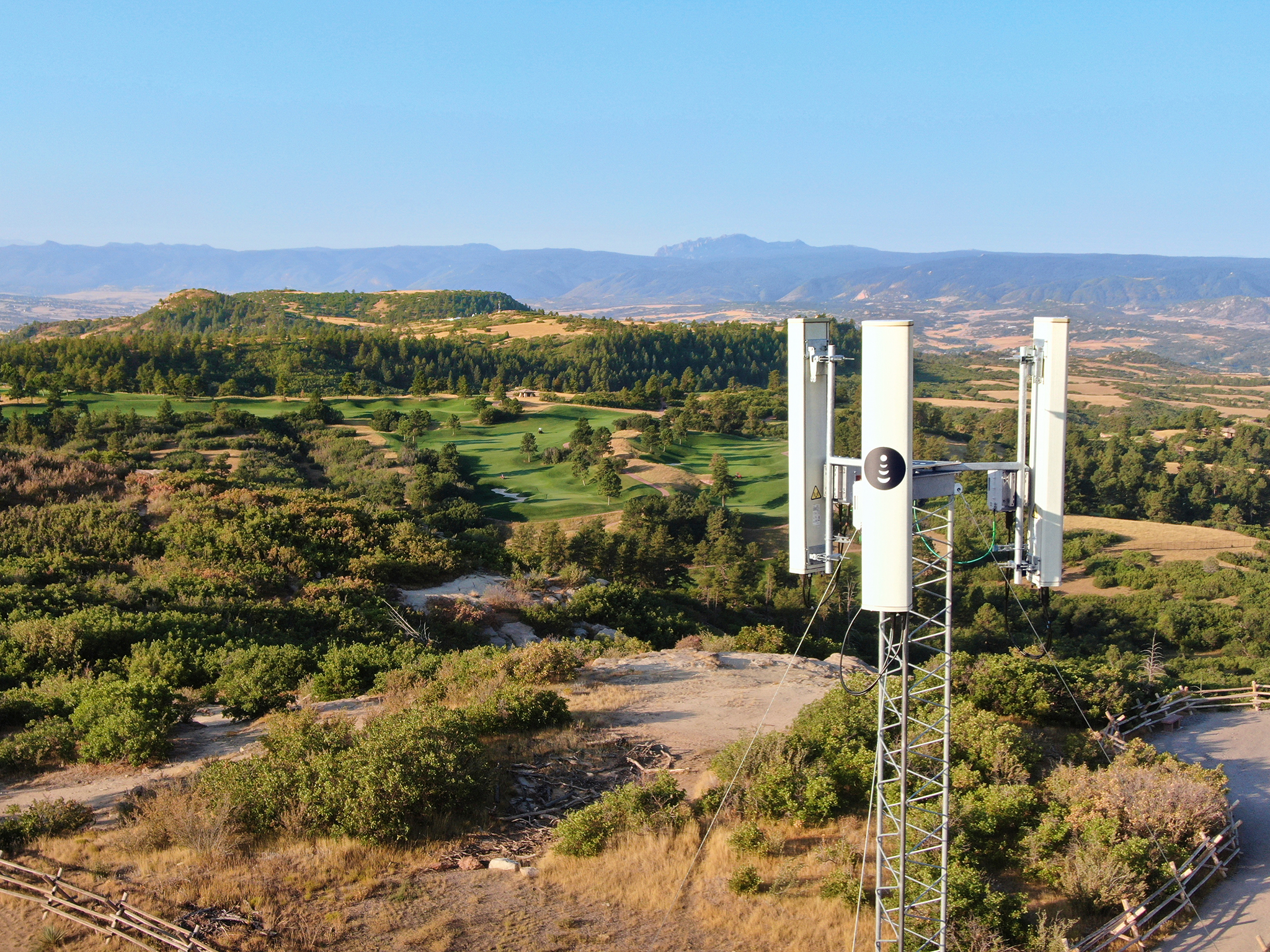FCC Defends Change to Over-the-Air Antenna Rules
U.S. Appeals Court presses agency on proliferation of commercial uses

The Federal Communications Commission got some tough questioning from judges on the U.S. Court of Appeals for the D.C. Circuit in defending its decision to amend its over-the-air receive device (OTARD) rule to remove a commercial use restriction.
That came in oral argument Tuesday (Dec. 7).
The FCC argues that the restriction, which prevented commercial antennas that could transmit and relay, as well as receive, was outdated and impeded the buildout of 5G wireless service.
In fact the commission was unanimous in its 2019 decision to expand the definition of user in the OTARD rule, which “prohibits laws, regulations, or restrictions imposed by State or local governments or private entities that impair the ability of antenna users to install, maintain, or use over-the-air reception devices” from customer to provider.
The FCC billed the change as another of its efforts to make it easier to deploy broadband infrastructure, particularly to rural and unserved/underserved areas, and to help agency rules keep pace with changing technology. Just as cellular sites have gotten smaller and more numerous, so do commercial hubs need to be more numerous and placed closer to customers, goes the argument.
But activist group Children’s Health Defense had sued the FCC, arguing that easing the restriction on commercial operations of antennas to allow them to be erected in communities, and without prior notice in the case of unlicensed uses, was potentially life-threatening to children and others with radio frequency exposure-related conditions. “The Communications Act does not grant the commission the power to issue a license to kill,” an attorney for the group told the court in oral argument.
The group argued that the change allows for more and more powerful antennas that pose a new health risk that communities cannot prevent through restrictive covenants. “All of that protection goes away,” it told the court.
The smarter way to stay on top of the multichannel video marketplace. Sign up below.
The FCC argues that the same RF limits remain in place, as do other restrictions beyond the commercial use restriction that was removed.
The judges pressed the FCC attorney on the fact that the antennas could now proliferate without homeowners knowing they were going up, since there was no requirement for community notification.
The agency’s attorney conceded the change would mean lots more antennas because the old rule meant that antennas could not be primarily used as a hub, and now they could be.
One of the reasons for the change was that as technology has evolved, he said, antennas have become multipurpose devices much in the same way that a computer is now used for word processing, gaming or to watch video. He said the antennas can be used to receive, transmit and relay, so the old restriction was obsolete and “didn’t make sense.”
He pointed out that the amendment retained size restrictions on the antenna — no more than 12 feet above the roofline — and power restrictions. The hub antennas must also be used by customer to receive service, as well as a commercial relay.
Contributing editor John Eggerton has been an editor and/or writer on media regulation, legislation and policy for over four decades, including covering the FCC, FTC, Congress, the major media trade associations, and the federal courts. In addition to Multichannel News and Broadcasting + Cable, his work has appeared in Radio World, TV Technology, TV Fax, This Week in Consumer Electronics, Variety and the Encyclopedia Britannica.

